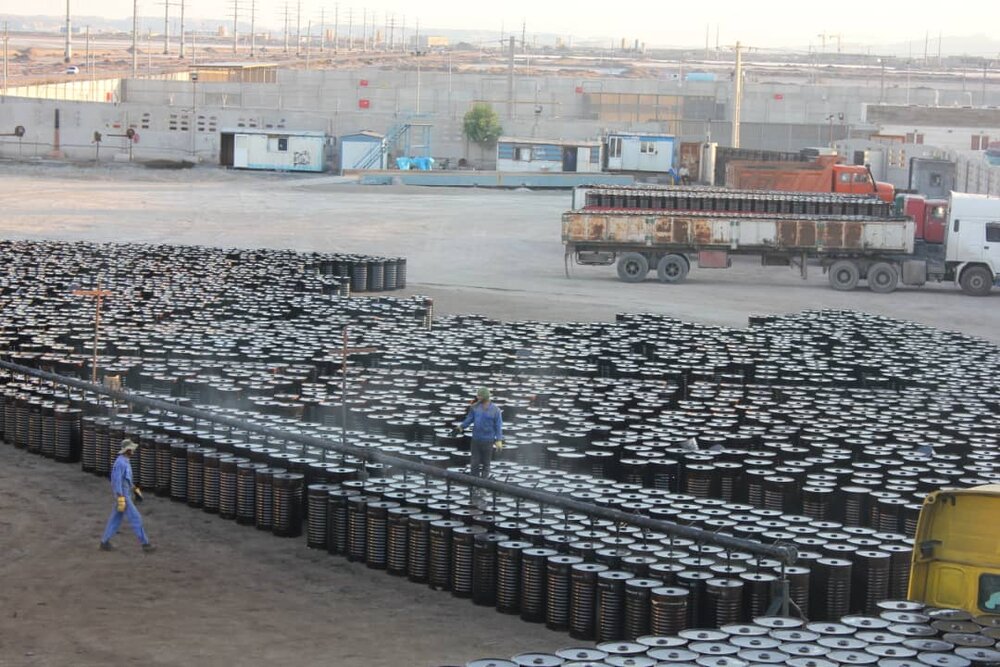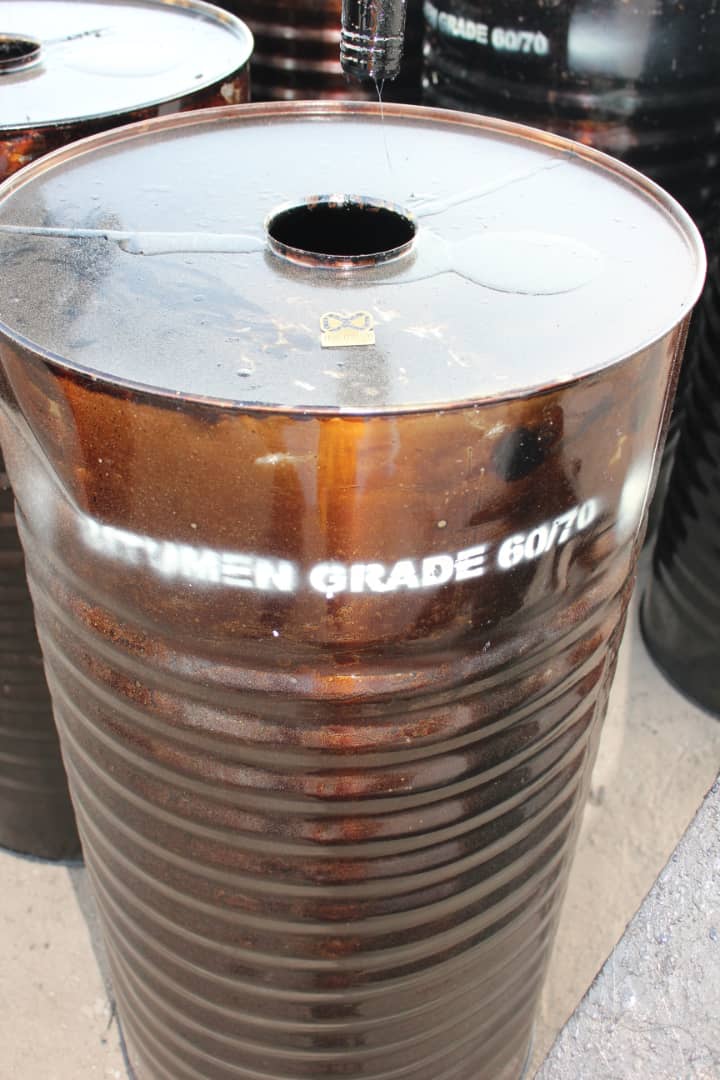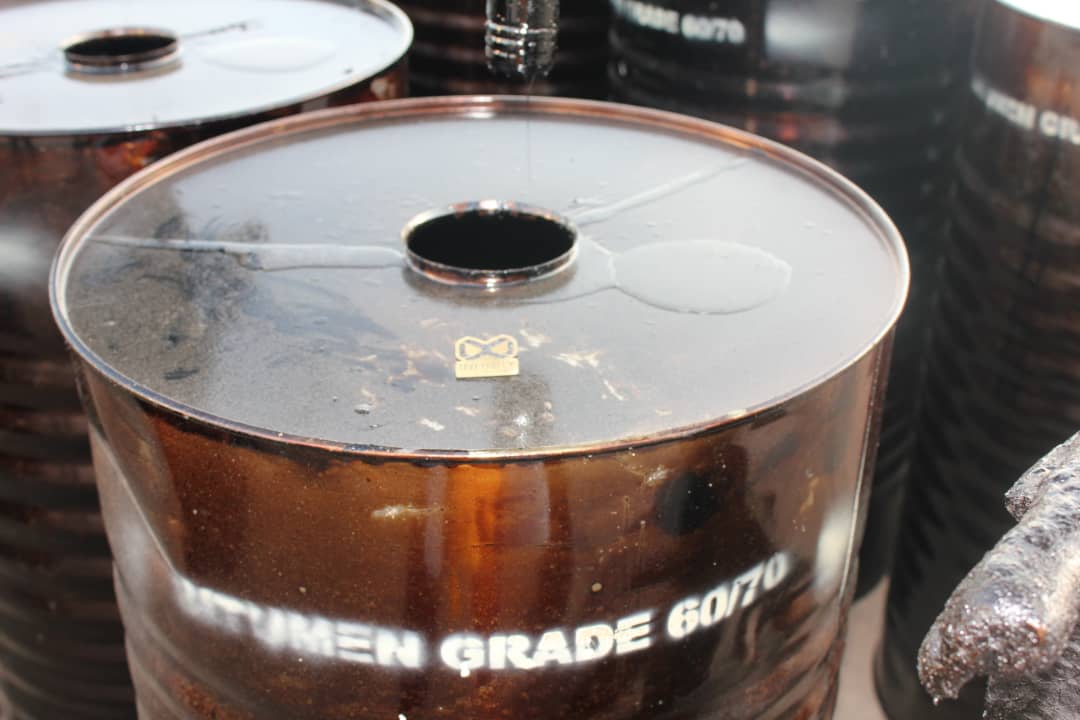The post-pandemic economies

Bitumen is an essential raw material for construction and sound/waterproofing industries. When the countries are on the way of economic growth, construction rate boosts up. Treatment and new pavements projects necessitate more bitumen import and production. Meanwhile, every country has its own preferred and standard grading system. For example, India has been importing viscosity grades bitumen for a long time now.
In 2020, the globe underwent a severely dramatic year. The oil and gas industries shut down due to the demand plunge. Construction sites suspended their works on account of lockdowns, including Asian countries. Oil and bitumen prices plummeted drastically. However, India and China, two of the most populous countries and growing economies could take proper actions for a speedy recovery. China was able to recover to pre-pandemic oil and bituminous products imports levels by the end of 2020.
As the world showed a better chance of standing against coronavirus, all financial markets have become bullish recently. Oil and bitumen prices started to recover from Q3 and Q4 in 2020, and in the first week of January 2021, they could get to the highest price during the pandemic. New expansionary policies and vaccines may help the trend going higher. But as we mentioned earlier, countries prefer specific types of bitumen for their individual consumption which may lead to unique bitumen price in each region.
Penetration Grade bitumen specifications
One of the popular bitumen grading systems is penetration grade. In this method, experts measure the amount of penetration of the bitumen on the surface. After the evaluations, the bitumen is named accordingly such as 40/50,60/70, and 80/100. The higher the penetration grade, the softer the bitumen gets, which means the bitumen can penetrate the surface furthermore. Accordingly, 80/100 is softer with higher penetration levels compared to pen grade 40/50.
In refineries, the crude oil turns into vacuum residue in the bottom of the distillation tower. Vacuum residue is the raw material of bitumen units. After entering the aeration tower, the vacuum bottom is exposed to oxygen and nitrogen. It loses hydrogen as much as possible and becomes heavier. The final product is different types of penetration grade bitumen. To get a heavier bitumen, producers make the aeration process longer.
Viscosity Grade bitumen specifications
Comparing to the penetration grade bitumen, Viscosity grades are classified by the level of bitumen viscosity. The viscosity grade determines the performance of the bitumen in the cold and hot climate. In the laboratory, experts measure the viscosity at 60 °C and 135 °C, then define the properties of bitumen at both low and high temperatures. The higher the viscosity grade, the higher temperature it can pass.
To produce viscosity grades, manufacturers use high-quality vacuum bottom, which ends to a high-quality product. Moreover, specific technical expertise is required for VG bitumen production, and just ¼ of Middle Eastern refineries are capable of producing quality viscosity grades. Therefore, viscosity grade bitumen price is usually more than other types of bitumen.
Bitumen in India
In 1991, the Bureau of Indian Standards declared viscosity grading as the new standard grading method of bitumen in India. Since then, VG bitumen has been a predominant material in Indian markets. Supply and demand for various viscosity increased accordingly, including Vg40, Vg30, and Vg10. Infinity Galaxy, a bitumen supplier in India, has reported Vg30 as the most popular viscosity grade of bitumen in India. Vg30 is somewhat equal to penetration of grade 60/70.
Indeed, the Bureau of Indian Standards selected the Vg 10 bitumen for the proper functionality in both low and high temperatures. VG pavements show more flexibility and durability that leads to more resistance against cracking in hot or cold weather. However, highways and roads paving are not the only application of Vg bitumen. Waterproofing and soundproofing industries use bituminous mixture widely. VG10 is also applicable for spraying and surface coating.

Bitumen in China
In 2020, China was a bright spot in the world. It recovered to pre-pandemic levels surprisingly quickly and reported improved Producer Price Index (PPI) recently. It seems Chinese industries are taking steps forward faster than other parts of the globe. The United States, China is the largest economy in the world. Therefore, construction infrastructures play a significant role in China. Every year it launches new construction projects which need more asphalt and bitumen. Moreover, the old pavements need proper treatments to avoid cracking. The AH-70 grade is widely used in Chinese highway construction that is equal to penetration grade 60-70. Aryl Hydrocarbon Bitumen (AH bitumen) is mainly popular in china.
Chinese refineries produce a huge amount of bitumen annually. In 2019, China's total bitumen production was 28.3 MT It had also exported nearly $5 million value of bitumen and bituminous products. However, due to the vast construction infrastructures in China, it requires more bitumen than the produced amount. The Middle East has been a major oil and bitumen importer to China. Saudi Arabia was the primary exporter of the region.
Bitumen Price Horizon
Seemingly, the world sees a better future besides the new risk of mutated coronavirus; therefore, we are going to see ascending demand in China and India. The Indian government is extending its road development plans, and China is planning major new road projects, specifically in Yunnan Province and Guizhou Province. Along with other bitumen consumers, the demand will soar high in the upcoming years, and bitumen price will adequately increase, including VG grades and penetration grades.

Leave a Comment